
Learn More


Community Outreach – Gallery
Community Programs & Events
FREE and open to the public; no advanced registration required. Would you like to see the artifacts and talk with archaeologists who are working on the I-95/Girard Avenue Project? Throughout the year we hold a variety of free public events. We display artifacts, explain how we found them, and discuss how these objects were used
Events
We engage in a number of activities to tell others about the project. At our free community events the public can see the artifacts and talk with archaeologists. We partner with local museums to provide engaging educational exhibitions and programs. Professional colleagues may learn about our current research at professional conferences. Occasionally we can provide
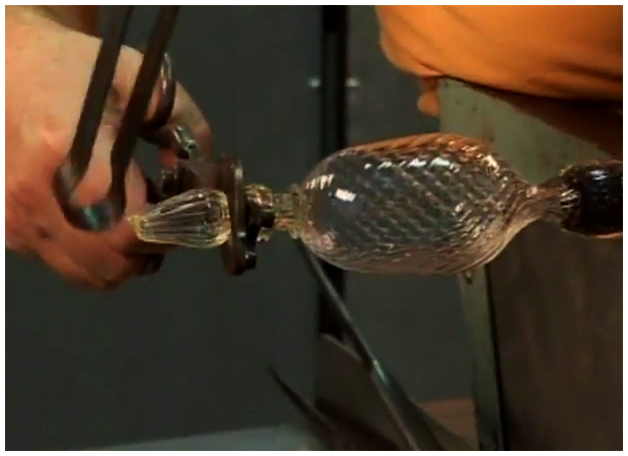
Free-Blown Glass
Free-blown glass is formed without the use of molds. The glassblower inflates the glass on the blowpipe and manipulates it with tools to make the desired form, such as a bowl, pitcher, or drinking glass. In a traditional glasshouse setting, the head glassblower of each team or “shop” is called the gaffer. To make
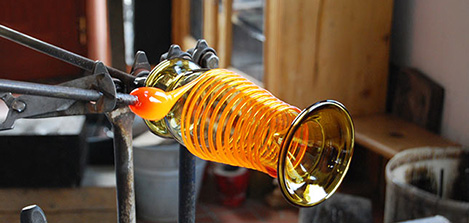
Glassmaking
Local Glass History Between the 1770s and 1920s, at least seven glass factories were situated in or near the I-95/Girard Avenue Project area. Although only small sections of two factories have been directly impacted and excavated thus far, a remarkable amount of 19th-century American glass has been recovered. Most of the artifacts were found in

Glassmaking
Glass is an extremely versatile material that is commonly used for various types of vessels, windows, and optics. We see it everywhere, but it is not easily defined. Glass is neither a true liquid nor a solid, but shares the qualities of both. It is often called an amorphous solid, and some scientists even consider
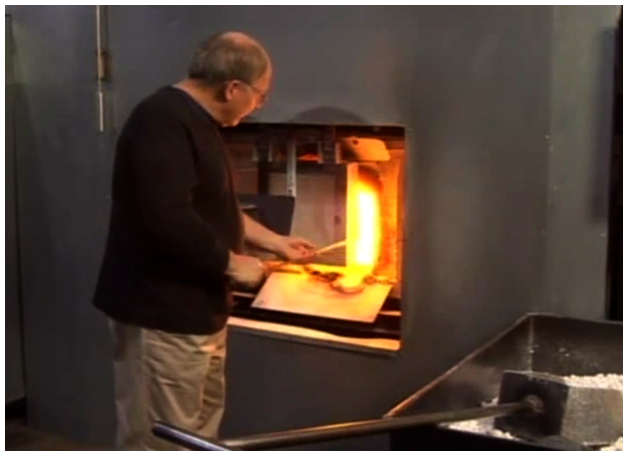
Glossary – Glassworking
A B C D E F G H I J K L M N O P Q R S T U V W X Y Z A Annealing Oven (annealer, tempering oven) A heated device or furnace area where glass is slowly cooled to relieve internal stress so it will not shatter. B Batch The
Historic Research
This site contains information gathered from a wide variety of sources, and this section is devoted to describing the different types of resources and reference material we examine during research efforts for this project. As you will see, different types of records were kept over time—some still available, while others have been lost. Though records
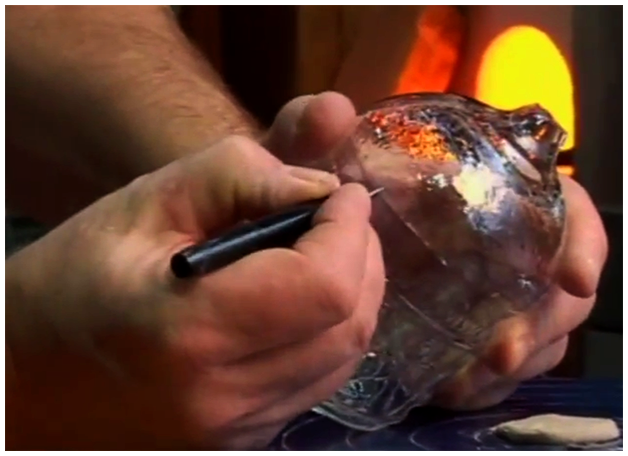
Mold-Blown Glass
Glass may be blown, either by mouth or machine, into a wood, clay, or metal mold to give it form, decoration, or both. Using molds enables quick, uniform reproduction of specific shapes, sizes, and designs. Dip Molds The simplest molds are one-piece dip molds. The glassblower lowers the gather of glass into the mold, inflates

Museum Exhibitions – Gallery
Museum Exhibitions & Programs
Through our engaging exhibitions, diverse audiences discover how archaeology, artifacts, and other period resources reveal how life along the Philadelphia Waterfront has evolved over the past 6,000 years. What evidence do we have of the city’s original Native American inhabitants? Who were the families, tradesmen, and merchants who lived and worked in these neighborhoods? What
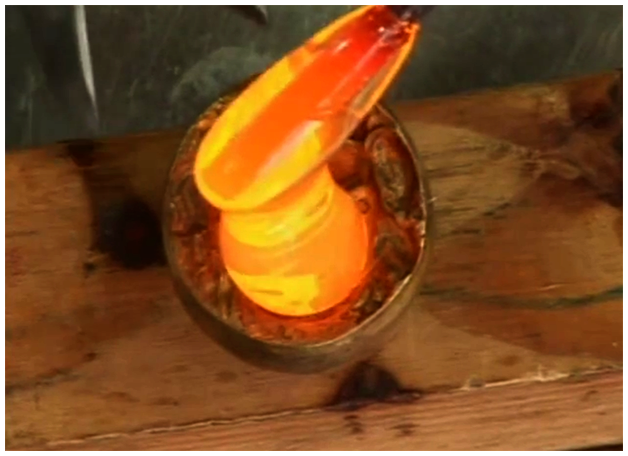
Pressed Glass
The concept of forcing glass into a mold to give it shape is an ancient idea, but tools specifically designed for this purpose developed gradually in the 18th and 19th centuries. Plier Press From about 1740 to 1900, a two-handled tool, sometimes called a plier press, was used to pinch glass chandelier drops, small stoppers,
Professional Conferences
Professional conferences may not be open to the public. Membership in the organization and/or registration fees may be required. Please check with the hosting organization for details. The I-95 Project is generating ground-breaking research in urban archaeology, Native American history, material culture, historical glass, and much more. AECOM specialists share their discoveries and expertise with
Site Visits
Occasionally there are opportunities to provide visitors with tours of the ongoing excavations, witness artifact discoveries and talk with archaeologists. Please contact us for information. Upcoming Site Visits No site visits are scheduled at this time. Please check back later. Selection of Past Site Visits July 17, 2014 Statewide Conference on Heritage/Byways to the Past